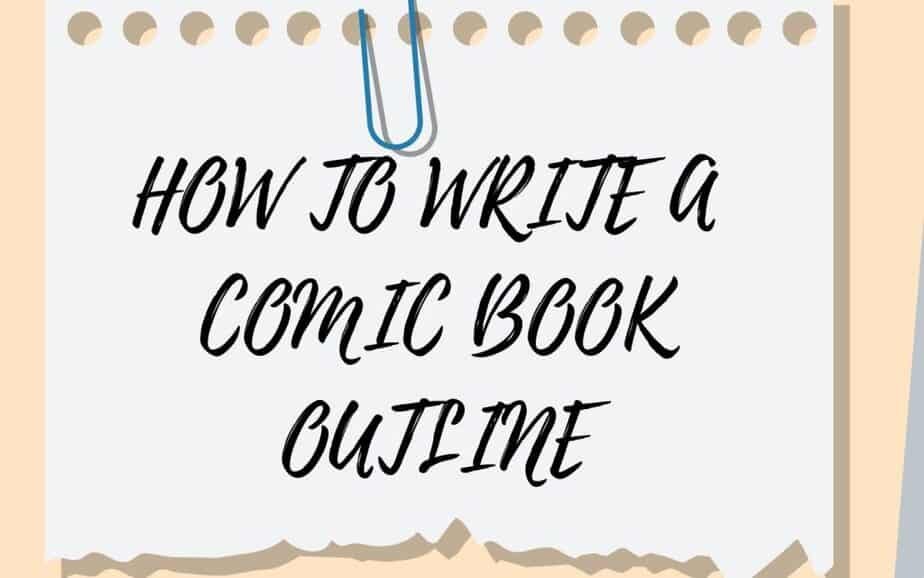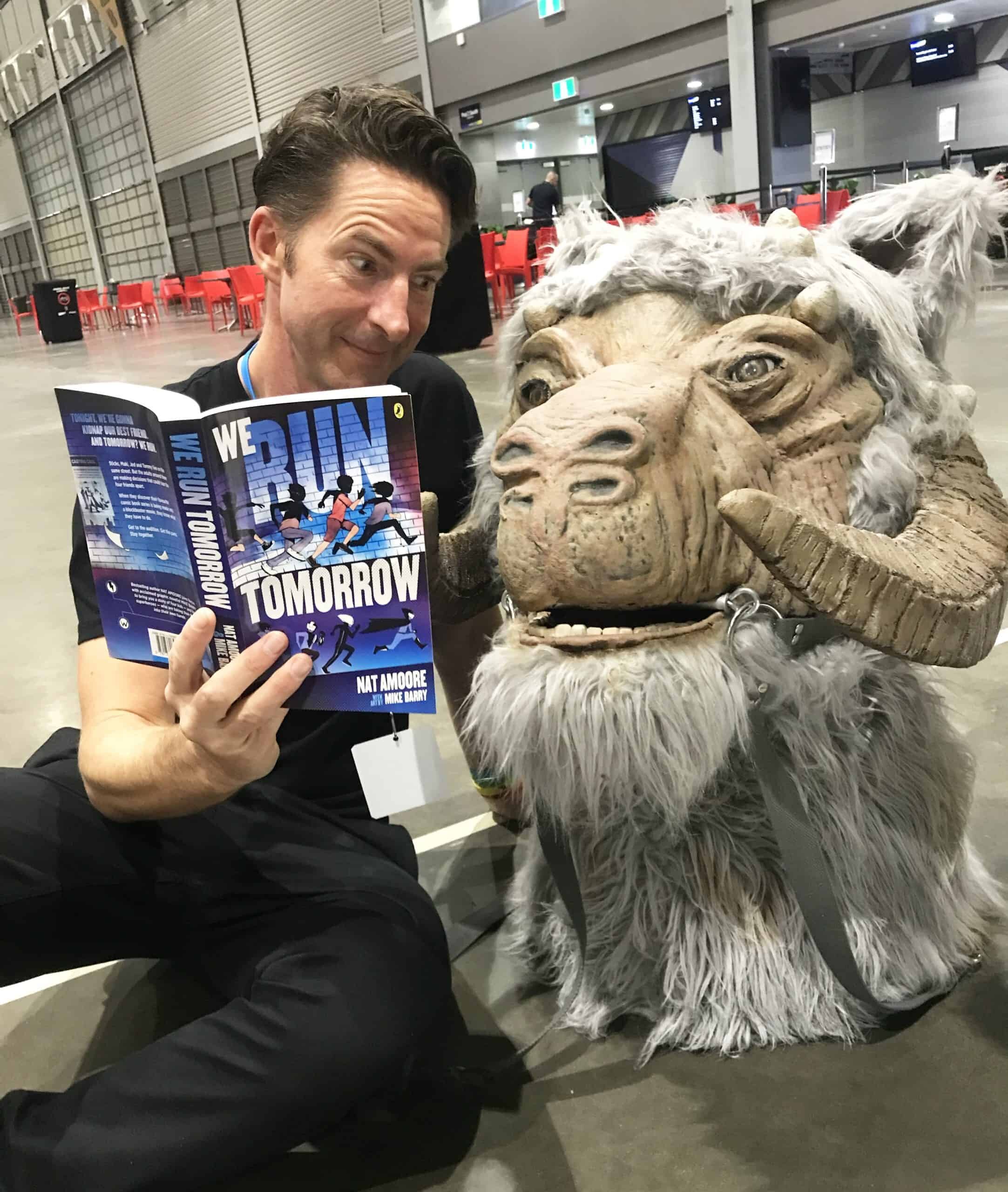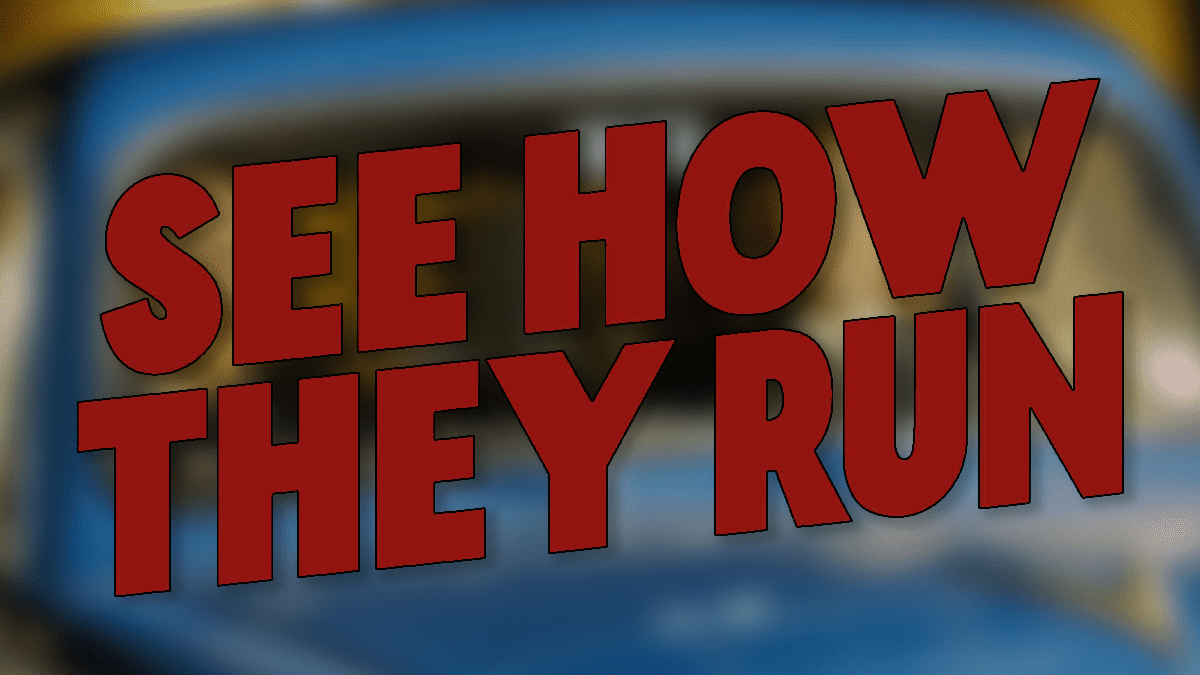Comic books have been around for decades, and they are a form of storytelling that involves texts and pictures. They were certainly seen as something unique and different when compared to books and newspapers. From 1930 to 1950, this period is seen as the golden age of comics in many people’s eyes because it birthed some well-loved superheroes like Spider-Man and Batman.
This article will explain how to write a comic book outline properly but before going into that, it is important to know who the key people involved are, and the structure of a comic book.
Key personnel needed to bring a comic book to life
1. The Writer.
One of the most important people on this project is the writer because they are the one that comes up with the plot, the storylines, the characters, the conflict, mood, setting, dialogue, and much more. In other words, they are the mastermind behind the operation. They are also responsible for creating the outline of the comic and the script which acts as a walkthrough for their fellow contributors who will be mentioned below.
2. The Editor.
An excellent writer will make sure they have a good right-hand man or woman they can bounce off their ideas to and this person is called an editor. One needs to be fluent in the language the comic is being written in to produce good quality work. These people who hold the editorial position will know the writers better than anyone. They will understand their thought process while giving or offering their opinions in areas where they feel improvements are needed. If something feels off or doesn’t make sense as part of the narrative, the editor will point it out to the writer and suggest changes.
3. The Artist
This person is tasked with bringing images to life based on what is written. They will create the panels, what the characters look like, their expressions, and more to tell the story how the writer sees it in their head.
4. The Letterer
Things like speech bubbles, sound effects, and story titles are all done by this person. It is a job that must be done to perfection to tell the story properly because inserting things in the wrong place can lead to misunderstanding.
5. The Colorist
When all the drawings are done, the colorist comes in and works their magic. Colourists now have a wide range of digital tools to make their job easier compared to 20 years however, some still opt for the old school way of using a brush. Colors are all down to preference and collaboration with everyone involved in the comic.
Lauren Bradshaw, an essay writing expert from Custom Writings stated that “Similar to movies and other forms of narrative art, comics have a 3 act structure” The first act is the introduction and it is where characters are introduced as well as the mood, dominant conflict, and setting.
The second act is focused more on character development, telling individual stories, some of the challenges, the moral of the story, and the climax. The final act is centered around the post-climax resolution which the main characters went through on their journey.
How to Craft the Perfect Comic Book Outline
1. Grab some paper.
You need to have at least 12 – 15 sheets of paper with you, staple them together and number them. This acts as a guess and gives you a rough idea of which page goes where in your comic from the beginning to the end.
2. Flesh out the story beat of the comic.
Most experts who have written comics for years say that it is a good idea to have one beat dedicated to one page, although multiple pages can be occupied by several beats. Write down the story beats next to the page number to make it easy for you to change things where necessary.
3. Time to turn the beats of your comic story into panels.
From the top, you need to be able to know how your story will flow and how each panel will fall in place so that it’s told cohesively. Be super careful when it comes to the information you put on every page and use space properly. Failure to use space effectively can make a comic book look very disorganized and messy.
4. Draft some note dialogue and sketch out the action.
The sketches of a comic are seen by the author only and can be symbols or even stick figures. They can be anything that you want and as long as they can make sense and illustrate what each panel should have, you’re good to go. You need to think deeply about what you want your dialogue to do from one panel to another to help readers digest what they’re reading. Make notes that go with every image on each panel to make life easier for yourself.
5. The Script.
It is highly recommended to use thumbnails as a reference when doing this. A comic book without a script is just a gun without ammunition. You need to work from one panel to the other making sure that dialogue, scenes, characters, descriptions, and more are all on point. This script is then handed to the artist who will visualize your concept and bring it to life in picture form.
Comic books have enjoyed a bit of renaissance in the last few years ever since superhero movies started taking off. The popularity of heroes like Spider-Man, Superman, Batman as well as some of their villains have become so big since the 2010s that more people are looking for rare comics up and around the globe.
This is because they want to discover more about their favourite Marvel or DC universe character. See and read storylines that are not on the big screen yet. While the history of comic books can be traced as far back as the 1930s, watching them make a comeback is good news for those who enjoy this form of art and storytelling.
Want more Comic Book Articles?
RELATED ARTICLES:
1. Juni Ba’s DJELIYA is a Brilliant Graphic Novel
2. Boom Studios brings Magic the Gathering to comics in Magic #1
3. Luna #4 Portrays Solid and Engaging Emotions
4. Sprite and the Gardener (Oni Press) is Kind Hearted and Ambitious







